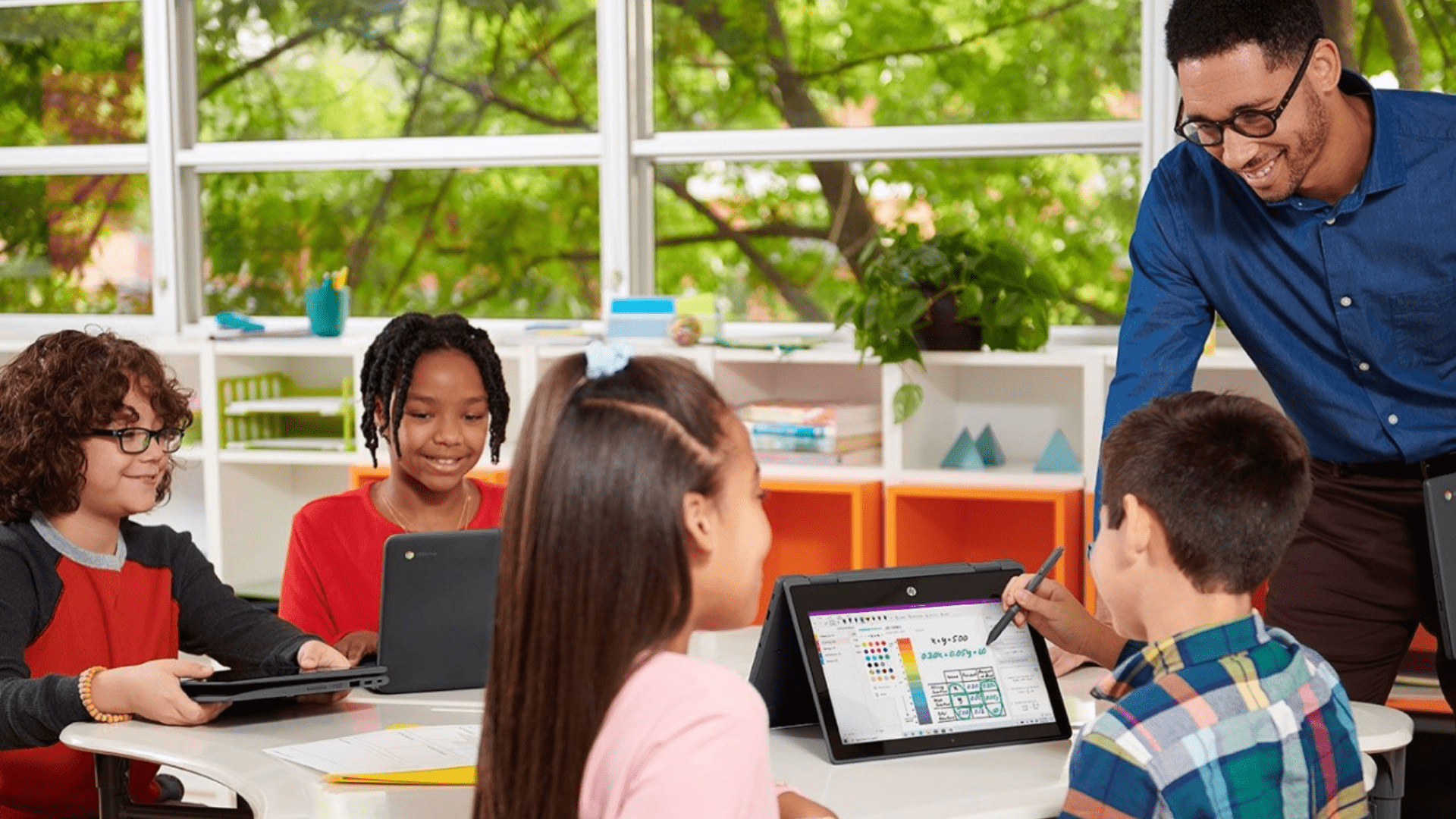For generations, K-12 education was confined to the brick-and-mortar classroom models and standardized schedules. However, with the rise of technology in the past few years, the learning and teaching experience has been changed quietly.
The advent of the internet and smart devices has opened the door for new and exciting learning methods where education is delivered to the student anytime and anywhere, they want to learn. Not just the flexibility of time, online learning offers tons of benefits over traditional classroom learning.
In this article, let us explore some of those benefits and understand why online programs leveraging the power of the internet and technology have been gaining significant traction in today’s modern-day K-12 education.
Benefits of Online Learning in K-12 Education
Flexibility and Accessibility
This is the first point to note when it comes to the benefits of online K-12 platforms. Online programs inherently offer flexibility. Unlike traditional classroom programs that have fixed schedules, online platforms offer facilities to manage their learning according to their time and pace.
Students who are juggling various tasks such as athletes, doing part-time jobs, or other busy schedules benefit a lot through online programs. According to a Sloan Consortium study, around 3 million students in the US were enrolled in online K-12 programs in 2023. This huge number indicates the growing demand for flexible learning platforms in K-12 education.
Additionally, online learning isn’t confined to just one place. So, students living in the remotest areas having internet access can access top-class education. Students having health issues also take benefit of online learning without worrying about regular school attendance.
Personalized learning
Traditional classrooms used to operate on a one-size-fits-all approach where teachers taught at their own pace and understanding. This made it difficult for students with different levels of understanding to grasp the concepts clearly. While slow students couldn’t catch up with the topic, fast students lost interest in slow teaching speed.
However, online learning platforms offer self-paced personalized learning paths. Students with various learning styles, be they visual, auditory, kinesthetic, etc. can learn by using multimedia elements including videos, simulations, and interactive activities.
Gates Foundation in its study found online learning programs with personalized learning elements helped in achieving significant improvements in students learning as compared to the traditional methods.
Students can learn at their own pace which means they can clear the easy topics quickly and give more time to difficult concepts. There are many K-12 platforms online that also adjust difficulty levels according to student’s performance. The activities start with low-difficulty questions and become harder as the student progresses.
Improves student engagement
Online learning platforms are making learning fun and interactive. In traditional classroom methods, the interaction and fun all depended on how teachers used to manage the class. However, with online K-12 platforms, students can avail interactive elements to boost engagement.
Several platforms offer educational games, simulations, and different types of multimedia resources like videos and animations that make the overall learning experience more pleasant.
National Education Association study in 2024 found that 78% of teachers who used online learning tools in their classrooms admitted increased student participation in their classes.
Apart from improving engagement, it also helps cater to different student preferences. For example, kinesthetic students might learn better from interactive simulations, and auditory learners will find video lectures more beneficial.
Not just that, a wide variety of learning methods keeps students focused and engaged as compared to just boring lectures that every one of us can relate to.
Also, many online learning platforms reward students for their engagement and for completing tasks or achieving milestones. This gamification element motivates them for better engagement.
Developing essential skills beyond academics
The benefits of online learning platforms are not limited to just academics but beyond it. Since online education requires a greater degree of self-discipline and time commitment, it makes students more responsible with their planning and scheduling.
Students develop independent learning skills as they browse the resources, they want by themselves.
Another thing is how online education improves collaboration and communication skills. Several K-12 programs include virtual group projects, discussions, and forums. So, it encourages students to interact with peers and work together.
The Future of Online Learning
The future of K-12 online education is brighter and will be leveraging both online and traditional classroom settings. It will offer a more personalized learning path and flexibility.
Also, the advent of technologies like data science and artificial intelligence will fuel the innovations in online learning programs making it more beneficial over traditional classroom learning.
Conclusion
The technology and online education are still in a growing phase. The number of educational start-ups is growing, and more and more investment is being made in the tech education sector. We can expect more enhanced learning in the future. As technology continues to evolve and online learning platforms become more sophisticated, we can expect this approach to play an increasingly significant role in shaping the future of K-12 education.

